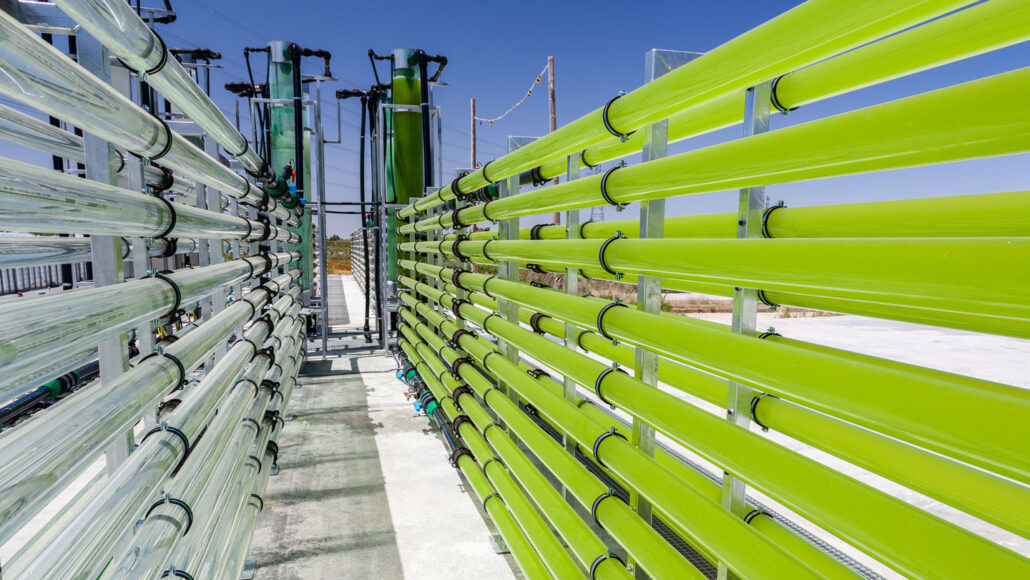
Environment
Scientists Say: Carbon capture
Carbon capture technology tackles climate change by stomping out carbon dioxide at the source.
Come explore with us!

Carbon capture technology tackles climate change by stomping out carbon dioxide at the source.

Bacteria do many useful jobs almost everywhere on Earth, from the soil to the seafloor to our stomachs.

The finding emerges from tests of a new tool that identified smaller-than-ever tiny plastic bits in three brands of bottled water.
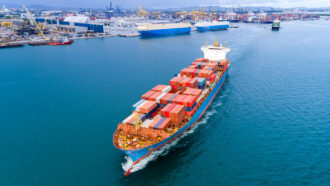
Some parts of the ocean may become five times as loud in the future.
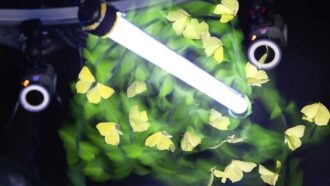
Flying insects may use light to figure out where the sky is. But artificial lights can send them veering off course, high-speed video suggests.
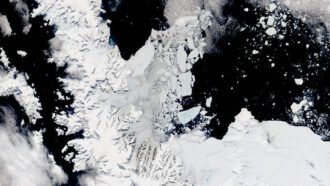
Destabilized by waves and vanishing sea ice, one of the glaciers lost 25 kilometers (15.5 miles) of ice in 16 months — a possible hint of worse to come.

After 50 years, this landmark law has kept many species alive — but few wild populations have recovered enough to come off the “endangered” list.
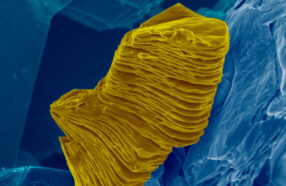
To slow global warming, we’ll need help from CO2-trapping materials. Enter MXenes. They’re strong and reactive — and they love to eat up CO2.
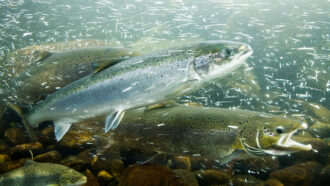
Hundreds of salmon, trout and other fish sought shelter from summer heat in the human-made cool zones. These areas may help fish adapt to river warming.
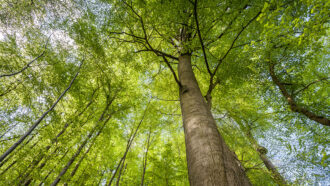
This cellulose and lignin, two major building blocks of trees, could lead to greener electronics.